Basics of Winter Biking – Commuting Year-Round on Your Bicycle [UPDATED]
![Basics of Winter Biking – Commuting Year-Round on Your Bicycle [UPDATED]](http://velosock.us/cdn/shop/articles/109_{width}x.jpg?v=1554284410)
Many cyclists believe that the end of summer marks the end of the biking season.
That's not necessarily true.
Whether you cycle to work
If you allow the cold to keep you indoors you’re missing out. These are just some benefits of cycling in winter:
-
You’ll stay fit all year long (your body fights the low temperatures while you cycle allowing you to reach weight and fitness goals even faster).
- You'll save money on gym memberships and petrol.
-
You’ll strengthen your immunity and improve your body’s metabolism (meaning you’ll feel less cold and get less sick all winter long).
- You’ll improve your mood during those long, dark winter months (physical activity produces serotonin, known as the happy hormone).
-
You’ll have a small adventure every day - and, possibly, experience beautiful scenery.
Surely, starting to cycle in winter will require a few adjustments from your side. In this article, we'll show you:
- How to upgrade your bike for the winter
- How to dress and prepare yourself for winter cycling
- How to cycle in winter in a safe and comfortable way

1. How to upgrade your bike for the winter
With the right knowledge, preparation, and caution, winter biking will become as safe and smooth as a summer breeze. These tips will show you how to prepare your ride for the cold season.
Avoid slipping
The risk of slipping and falling increases in wet and icy weather conditions. However, there are precautions you can take to get more grip and balance on your winter rides:
-
Choose appropriate tires. If possible, pick wider, chunkier tires for a better grip in case of sliding. If you’re riding in really arctic conditions, studded and knobby tires will give you even more traction.

- Let some air out of your tires to get more traction.
-
Make sure your shoes and pedals have proper grip so your feet stay in place at all times. If necessary,
choose anti-skid bike pedals. -
Look for premium rim brakes. Immediate and strong breaking is essential in winter.
See and be seen
For the safety of yourself and others, do make sure you are well visible to all traffic participants. Besides the basic cycling gear for dark or semi-dark conditions, consider enhancing your bike with these accessories.
-
Get additional lights. You can either choose simple (but powerful) front and rear lamps from your nearest bike
store, or go for a more advanced lamp like SECA 1800. When you add this one to your handlebars, you’ll make riding in the dark much safer.

SECA 1800 has
-
Upgrade your ride with reflectors.
Reflective wheel strips or decals can’t be ignored by anyone on the road. Thesecost around $20 and can be placed on tires or other bike parts, in any pattern that you like.
- Get a loud bike bell. This may not refer to your visibility, but it will make you more noticeable in the traffic. Having a loud bicycle bell can attract the attention of a car that doesn’t see you - thus it can be decisive in certain situations.
Keep yourself and your house dry
-
Keep your home clean with VELOSOCK bike cover. For off-season cyclists, the problem of storing your bike in a tidy way is even more acute. If you don’t want your home interior to show signs of your last ride, get a VELOSOCK bike cover that will keep the dirt away from your furniture or car’s interior and look stylish.

VELOSOCK Indoor bike cover is available for $69 with free shipping.
-
Equip your bike with fenders or mudguards. This way you’ll prevent the snow and mud from being flung up from the road and getting on your clothes. Bicycle
fenders are a 5-minute upgrade that provides more protection for rainy rides and cost as little as $25 for a pair.

2. How to prepare yourself for winter cycling
After you’ve prepared your bike for those exciting winter rides, don’t forget to “upgrade” yourself! Make sure you follow the three-layer system and choose materials that have excellent moisture-repelling and temperature-controlling properties.
Stay warm and dry
Advances in technology let manufacturers offer cycling clothes that are warm, durable, and affordable.
For example, the Heidi cycling jacket is windproof but still allows for some breathing and air circulation. At $250 it’s the cycling investment you must make this year.

Alternatively, you can go for waterproof clothing such as the Sportful Fiandre NoRain Jacket. Even the zipper is waterproof, and the high collar protects your back from getting wet. The price on this one is €140.

If you want a tight fitting jacket so you can add more layers on top, the Castelli Gabba 2 is perfect. They’re available in male and female fits at €202 ($235, £180).

The B’Twin Aerofit Thermal cycling bib tights cost €90 and they'll keep both your body and your legs warm. They are especially comfortable thanks to the fleece lining inside.
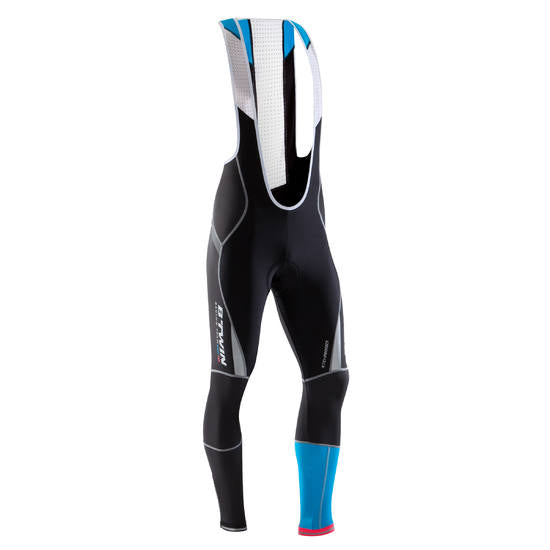
The Inbike Windproof Athletic pants have
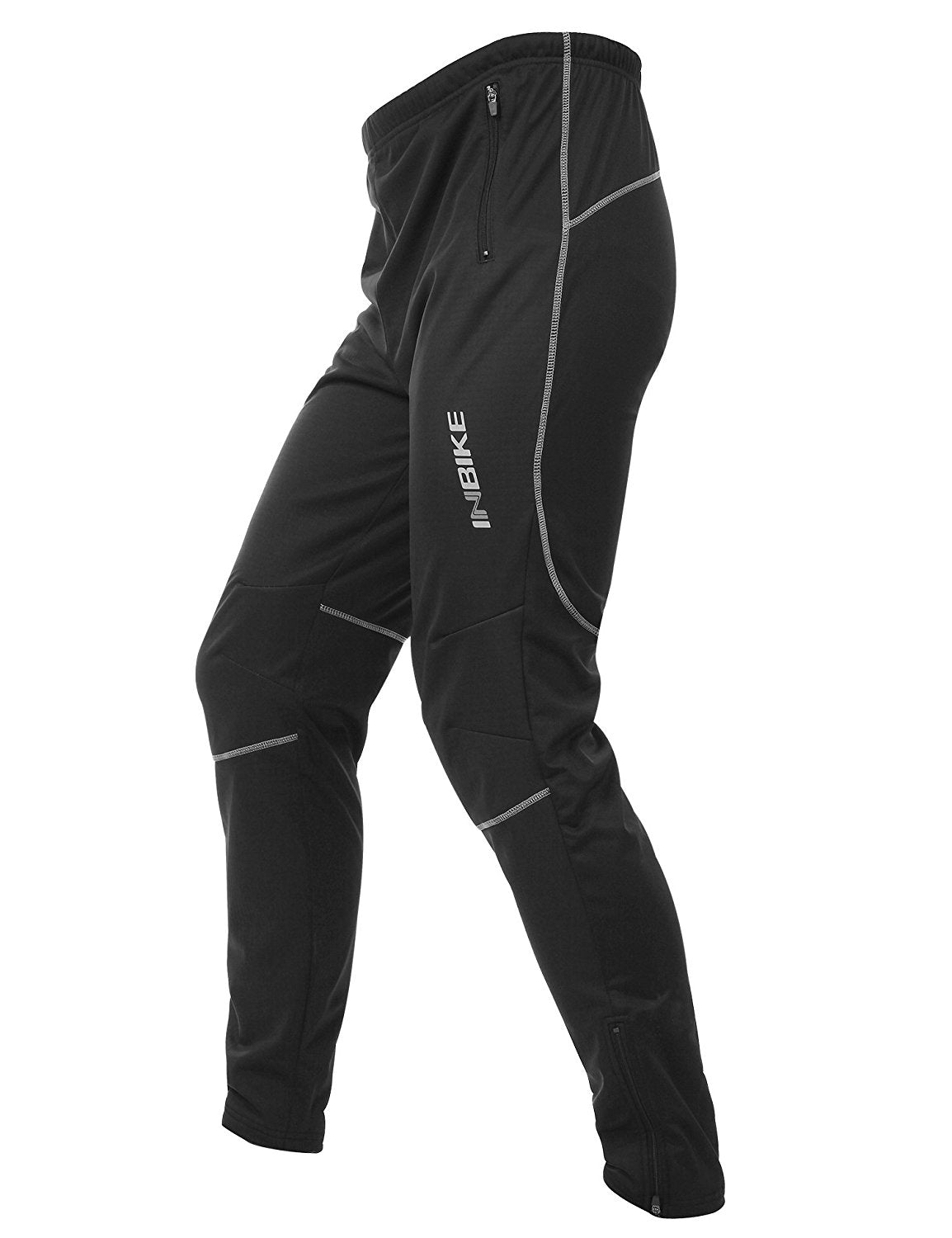
In winter, it's also crucial to keep your hands warm. Gloves such as Bontrager Circuit Windshellgloves are windproof, so enjoy the speeds you’re used to without the cold at only $39,99 a pair!

Make yourself visible
When you cycle, you and your bike become one - this means you have to think about reflective clothing just as much as you think about lights and reflectors on your ride. But think beyond shiny stickers or hanging reflectors - there are many ingenious and practical accessories for shining in the dark - with style.
For example, your bike’s chain can serve as a reflective belt. Hiplok has an excellent version of this available at €55. A sturdy metal chain is encased in fabric - comfortable to wear when you wrap it around your waist. The hefty locking mechanism means you don’t have to fear it falling off during your night bike ride.

The Sugoi RS Zap jacket looks as stylish as it’s practical and it retails at $120. The stretchy fabric is ideal for cycling and the Pixel technology lights it up when lights shine on you. The jacket is weather resistant and the pocket installed at the rear helps to store loose items such as house keys.

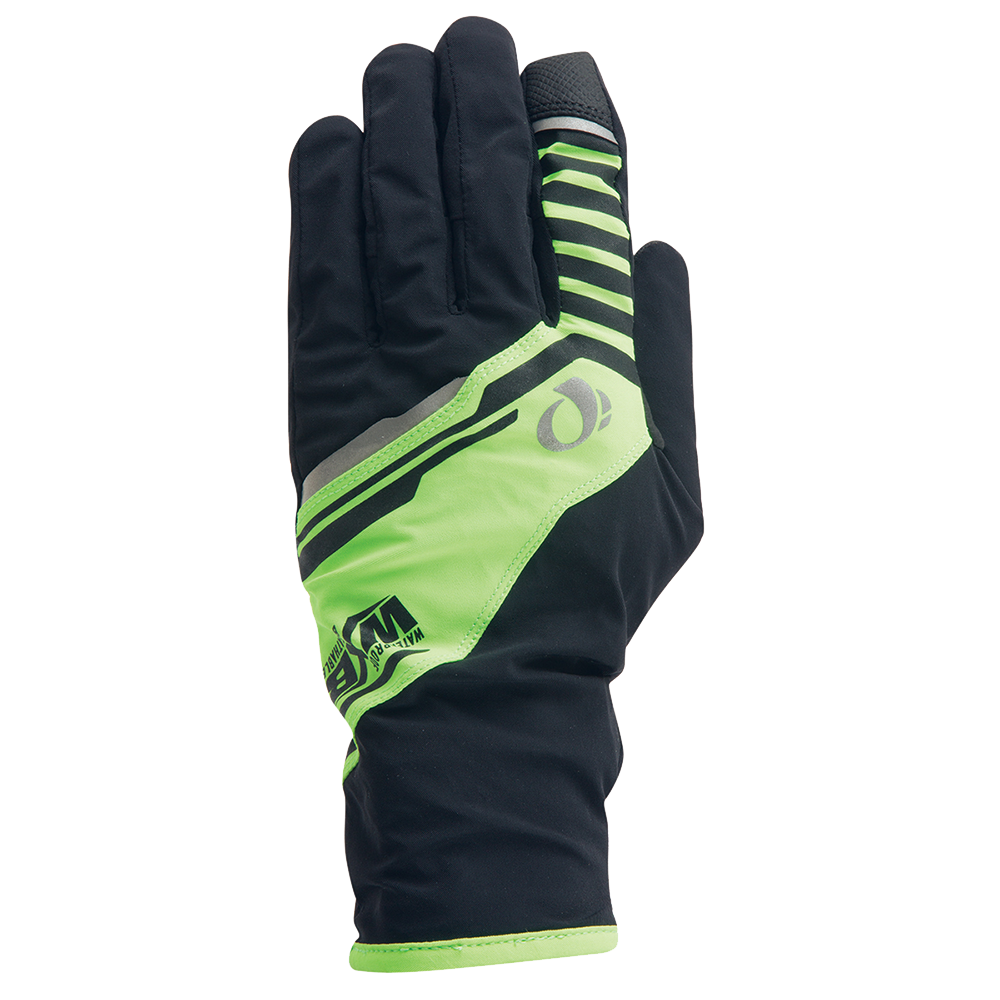

3. How to cycle in the snow and cold
When your bike is equipped for winter and you are dressed to be warm and dry, you’re all set for your snowy rides.
Well, almost.
Before you jump in the saddle, read these tips for safe winter cycling:
-
Refrain from unnecessary movements. Feeling in control is important, and unnecessary moves and maneuvres can throw you off balance.
-
Don’t try and stand in the saddle. You’ll have more control if you sit. In this position, your back wheel will also have better grip.
-
Choose easy gears that will provide effortless pedaling and won’t get stuck even if they get wet. Low gears will get you up a hill and help you get through the snow and sludge.
-
New, powdery snow is best — and safest— for winter bike rides.
-
Don’t attempt cycling on ice. No amount of preparation will protect you. You will slip!
-
Always check the weather forecast before you ride. You might need a different set of clothes on a sunny, but freezing day than during a snowstorm.
- Don’t forget to stay hydrated. But avoid the cold water you use in summer. A warm liquid gives sustenance and it helps you regulate your body temperature. You can get an insulated biking mug if you need something warm for the road.

Merry winter cycling!
With the tips listed above, you no longer have an excuse to avoid winter cycling. For more inspiration, have a look at these must-have cycling clothes and accessories to be ready for all-season bike rides from head to toe.
Winter biking—and year-round biking—can be safe, enjoyable, and healthy - so why not try it this snowy season?
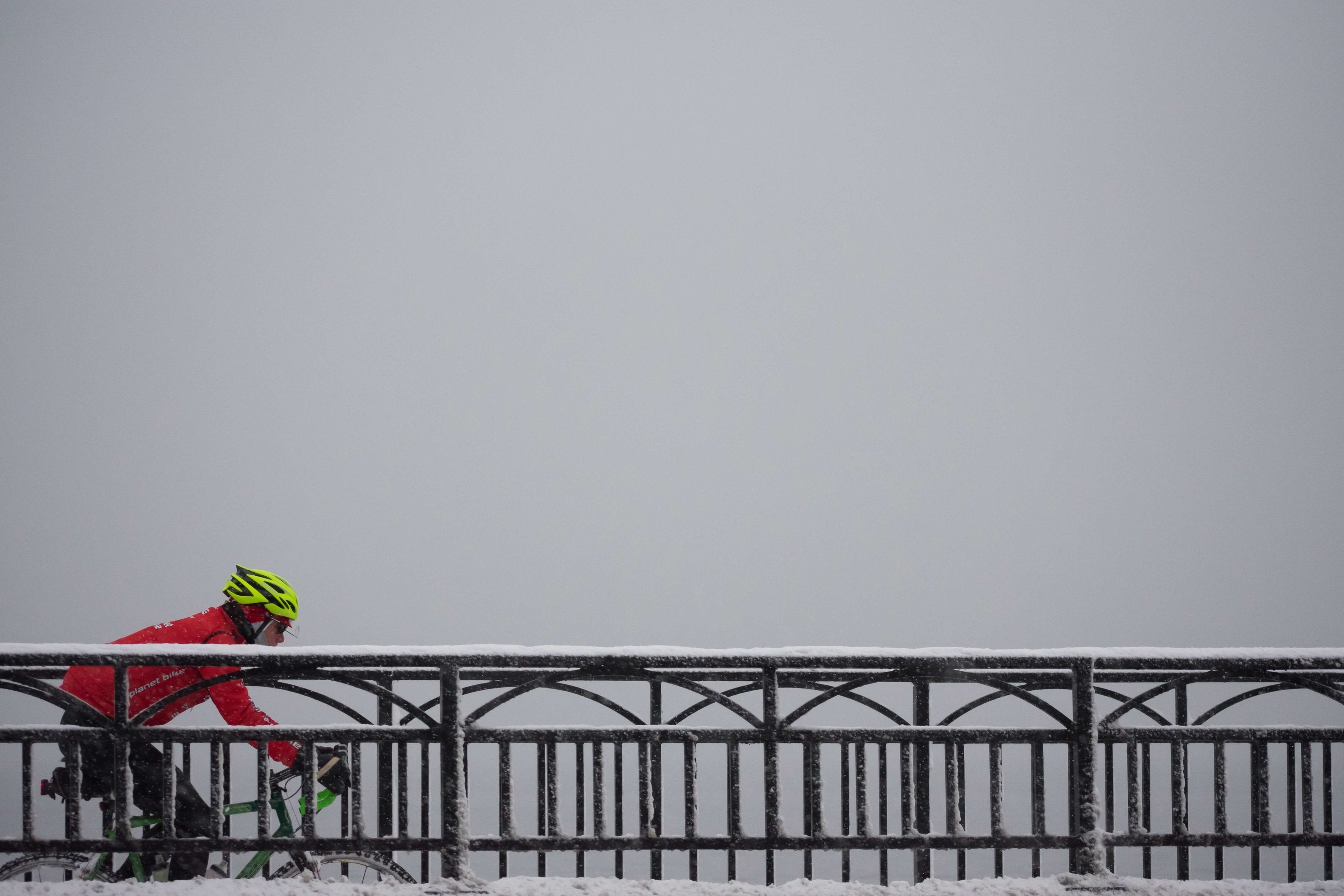
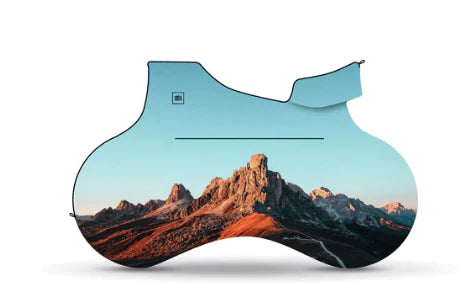
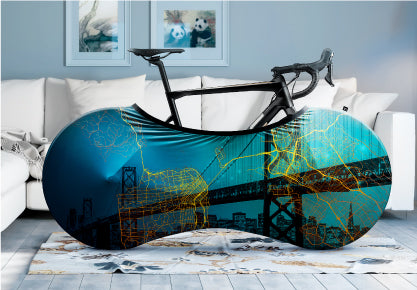
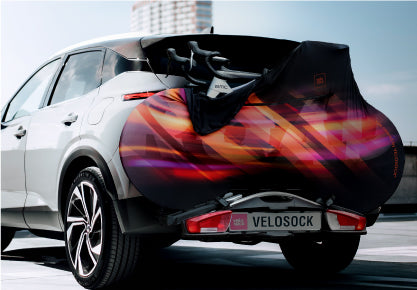
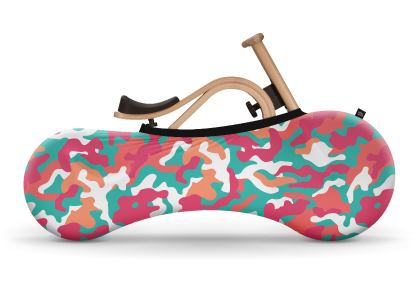
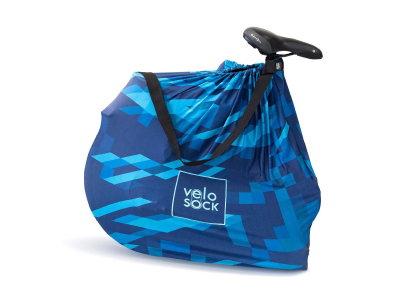


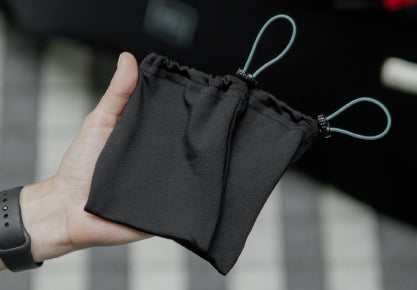
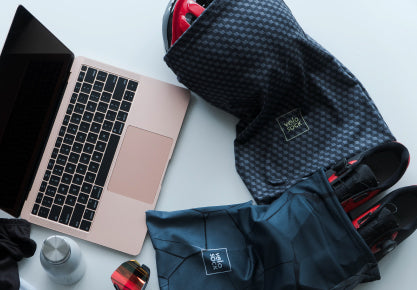
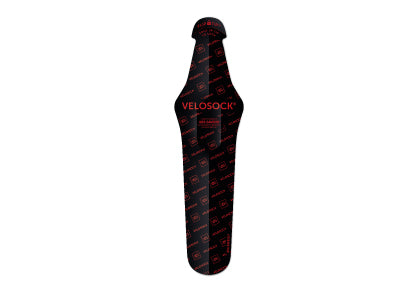
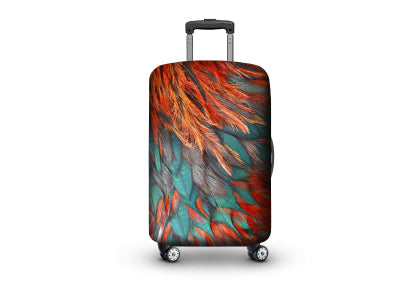




Leave a comment